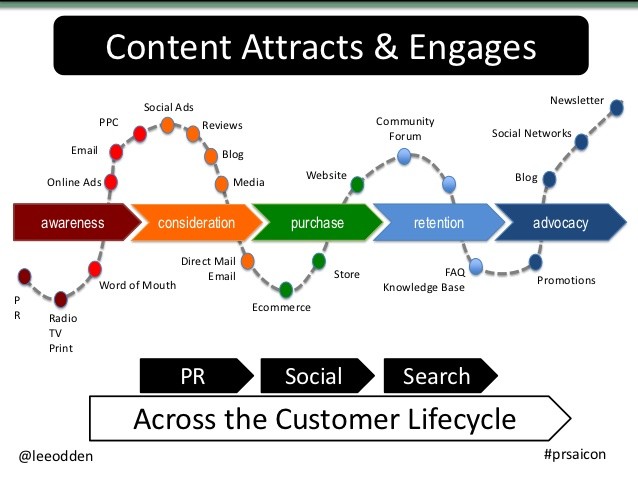How to make an attractive content for B2B shops
My clients, micro and small businesses, were really surprised that they need to update their websites frequently to be visible in Google.
They were even surprised that their content is really not relevant and too old for their clients. Majority of websites were not updated 1-2 years.
They mentioned that the lack of time and resources as well as lack of leads from website caused less attention or lack of their attention.
Most clients use their old network of contacts as a main source of leads and sales. Of course it is a very good approach.
The situation is different if you are starting your business and you are looking for your new customers or you want to grow over your network. P.S. I have the same situation in USA.
Creating attractive content for B2B shops
involves understanding the needs, preferences, and challenges of your target audience while showcasing the value proposition of your products or services. Here are some tips to help you create engaging and compelling content for B2B shops:
1. Understand Your Audience:
– Conduct market research to understand the needs, pain points, and preferences of your B2B audience. Identify their industry, roles, challenges, goals, and purchasing behaviors.
2. Educational Content:
– Create educational content that addresses the specific challenges and pain points of your B2B audience. Offer valuable insights, tips, best practices, and industry trends that can help them overcome obstacles and achieve their goals.
3. Case Studies and Success Stories:
– Showcase real-life examples of how your products or services have helped other B2B businesses succeed. Share case studies, testimonials, and success stories that demonstrate the tangible benefits and ROI your offerings provide.
4. Product Demonstrations:
– Create video or interactive content that demonstrates how your products or services work and how they can solve the problems faced by B2B customers. Highlight key features, functionalities, and use cases to illustrate the value proposition.
5. Visual Content:
– Use visually appealing graphics, images, infographics, and videos to make your content more engaging and shareable. Visual content can help convey complex information more effectively and capture the attention of your audience.
6. Thought Leadership Content:
– Position your brand as a thought leader in your industry by creating insightful and authoritative content. Publish whitepapers, e-books, research reports, and industry analyses that provide valuable insights and perspectives on relevant topics.
7. Content Personalization:
– Tailor your content to address the specific needs and interests of different segments within your B2B audience. Personalize content based on factors such as industry, job role, company size, and stage of the buyer’s journey.
8. Content Collaboration:
– Collaborate with industry influencers, experts, or complementary businesses to co-create content that provides additional value to your B2B audience. Guest blog posts, webinars, and panel discussions can help expand your reach and credibility.
9. Interactive Content:
– Engage your B2B audience with interactive content formats such as quizzes, assessments, calculators, and surveys. Interactive content encourages active participation and fosters deeper engagement with your brand.
10. Consistent Branding and Messaging:
– Maintain consistent branding and messaging across all your content to reinforce your brand identity and value proposition. Use a cohesive visual style, tone of voice, and brand elements to create a unified brand experience.
11. SEO Optimization:
– Optimize your content for search engines by incorporating relevant keywords, meta tags, and internal/external links. SEO optimization can help improve your content’s visibility and attract organic traffic from B2B buyers researching solutions online.
12. Measure and Iterate:
– Track the performance of your content using metrics such as engagement, traffic, leads generated, and conversions. Use analytics data to identify what content resonates most with your B2B audience and iterate your content strategy accordingly.
By implementing these strategies, you can create attractive and compelling content that resonates with B2B shops, establishes your brand as a trusted authority, and drives engagement and conversions.



Share this entry